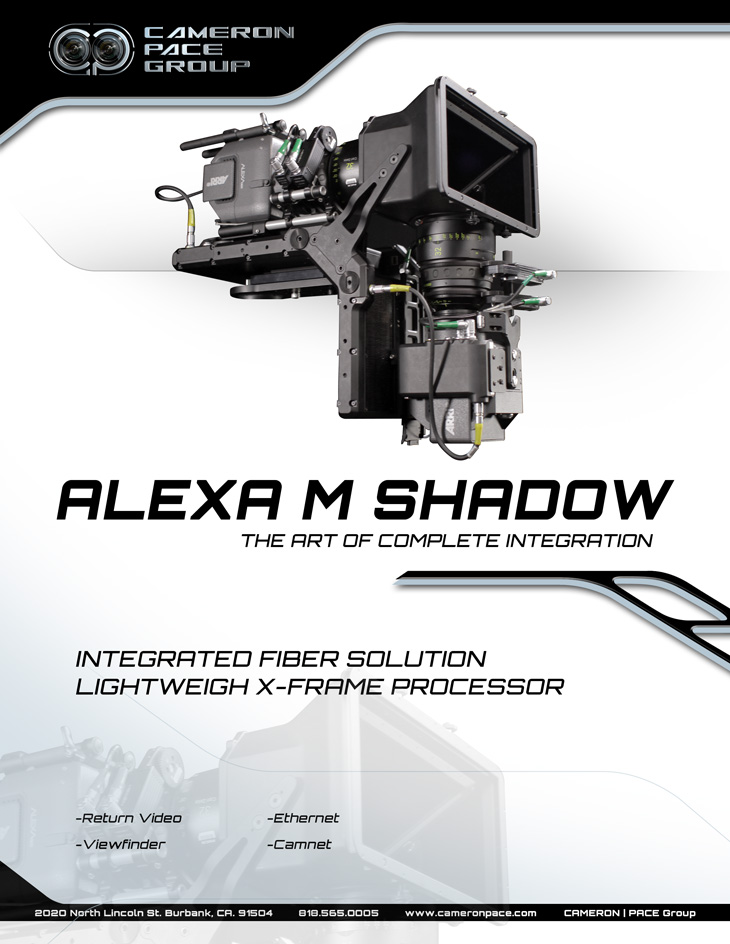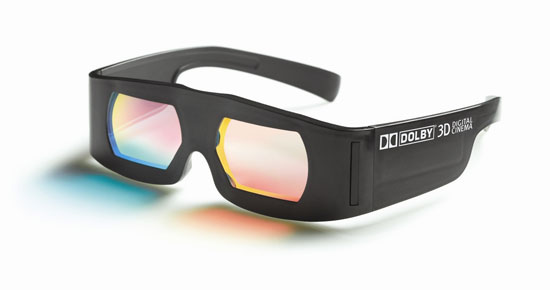The fusion camera system was developed by James Cameron and Vince Pace for Avatar. Instead of a traditional side-by-side system, it contains one camera at the top and one at the bottom with a beamsplitter:
http://www.cameronpace.com/v2/index.php/whatwedo/equipment/238
Now, the Alexa M wasn't available at the time of shooting Hugo (unless they were working with Arri during production, the same way Deakins was working with Arri and their Alexa Studio during Skyfall). The Alexa M should
hopefully encourage the use of Alexa in 3D, however you still have the issue that it needs to be attached to a seperate body, unlike the Epics which are cheaper to begin with both to rent and buy (imagine the cost of 48 Alexa Ms on a movie like The Hobbit), and still give a decent image, in a cheaper, easier body that allows more freedom. The Fusion system goes some way to combatting this for Alexas, Sonys and the rest, by only having one actual body on your shoulder, the other one in front of your body, and still allow relative freedom for handheld shooting. I haven't shot in 3D, so I can't really tell you how it actually feels on your shoulder - I'm not sure of the difference between having two Epics on your shoulder versus one Alexa M on your shoulder and one Alexa M on your body. CAMERON-PACE systems are meant to allow greater control over convergence as the cameras have more room to move side-to-side.
Add in to that the fact that you also need an external recorder to record raw and higher spatial resolution on the Alexa, it becomes a lot more complex than shooting on Epics.
As well, Peter Jackson has his love affair with RED, and I wouldn't be surprised if there was some sort of deal cut with RED to get so many cameras (though you'd probably need a full time guy servicing the REDs

)
In terms of 3D Alexa films, Life of Pi was also shot on Alexa, as was the new Cirque du Soleil film, in addition to Three Musketeers and Hansel and Gretel. It seems to be gaining popularity, and I think it's a better option; I'm yet to see Life of Pi but I've heard the cinematography is beautiful. That's not to say that the cinematography in The Hobbit is
not also amazing, but I've been fooled by Alexa footage in the past, with 35mm grain over the top of it. I can't say the same for RED.
I also wonder if the decision to shoot RED 3D at 48fps was a studio decision or a Peter Jackson decision - I wonder how much input Andrew Lesnie had into it. At the end of the day, it's the Director's film and if your Director is dead set on shooting RED Epic at 48fps, then there's only so much you can do to sway him. I have the highest respect for Andrew Lesnie and I think he's an amazing cinematographer; likewise I have a great respect for Jackson and think he's a great Director.





 )
)
 one added (I believe) scene that they could have done without was the mountains/rocks fitting each other. It was very random and didnt seem to progress the story at all.
one added (I believe) scene that they could have done without was the mountains/rocks fitting each other. It was very random and didnt seem to progress the story at all.

